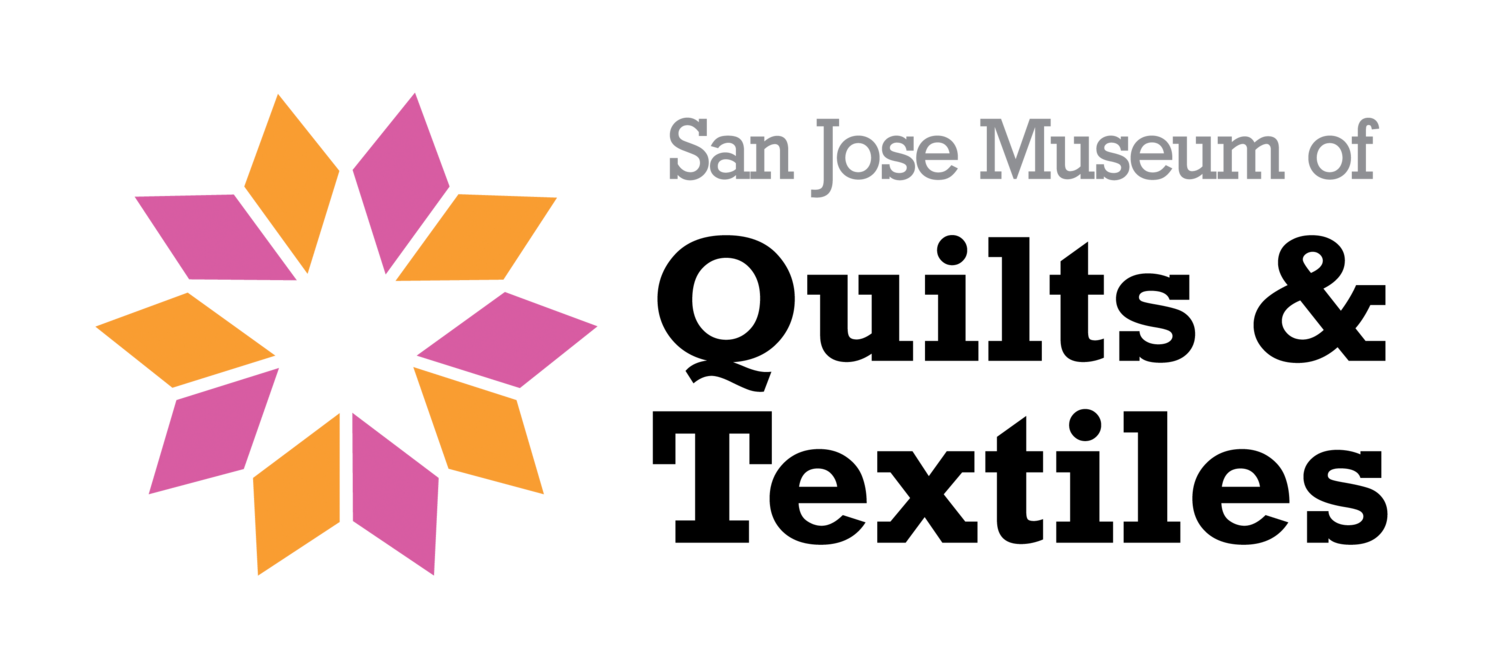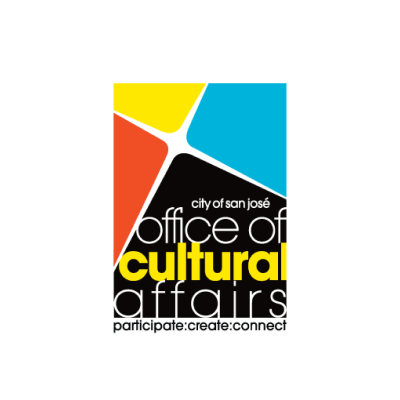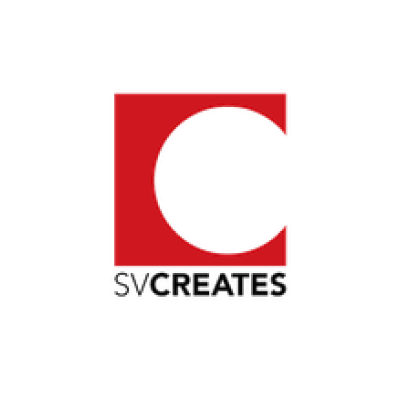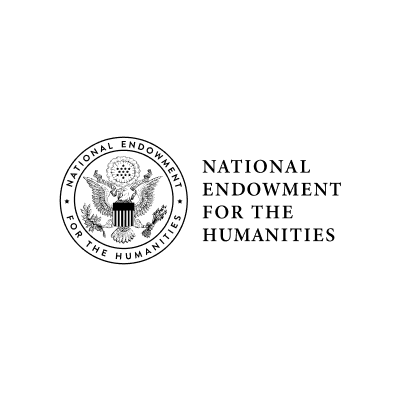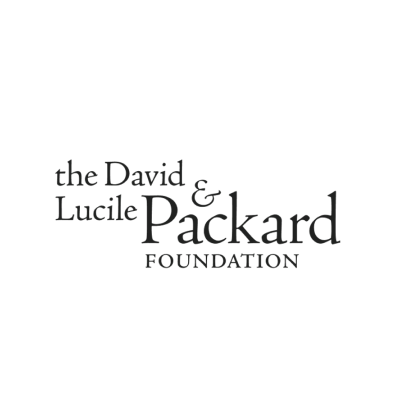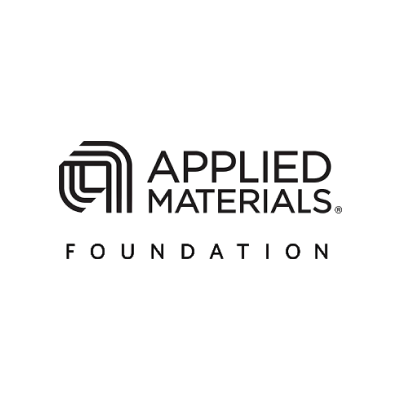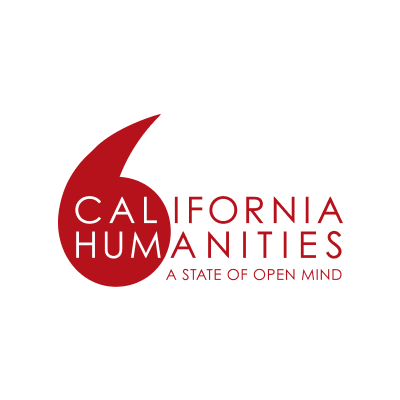Studio Portrait by Donna Granata
(photo credit: Donna Granata)
Our next Artist Interview is Michael Rohde, an artist who will be exhibiting artwork in our upcoming exhibition American Tapestry Biennial 13. He was also featured in Embedded Pattern: Deborah Corsini, Alex Friedman, Michael Rohde at SJMQT in 2017.
“Dream” - 2014 handwoven tapestry: alpaca
(photo credit: Andrew Neuhart)
What are materials and processes utilized in your body of work?
I make handwoven tapestries, with non-representational imagery, usually honoring the grid imposed by the loom with warp and weft perpendicular to each other. Mostly I use wool yarns and natural dyes. Color is a major aspect of my practice, hence I have always found it important to dye my own yarns, in order to obtain colors and ranges of colors not commercially available. Like a painter, I use a set of base colors and mix them to achieve the effects I want my work to present.
Describe the main differences between your "old" studio to your Shelter in Place studio.
Some things remain the same, but the biggest difference is the freedom to pursue several aspects of the artistic work at the same time. I have skeins of yarns already prepared for dyeing, I’ll calculate a set of color formulas and start heating the dye-pots. While the heating is progressing, I’ll work at the loom weaving, be thinking about what the next work in a series might be, and what variations on the first set of colors I will do in the second round of dyeing.
studio photo April 2020 (photo credit Michael Rohde)
yarns ready for current tapestry in progress
(photo credit Michael Rohde)
What has surprised you about your art practice since the Shelter in Place order?
How much work I can get done, without interruptions, such as going to meetings, lectures and other social events. Of course, my realization or hope is that things will eventually change and I’ll be able to resume these ‘interrupting’ activities, and see friends in person, rather than by phone or on video screens.
“Interrogative” - 2019, handwoven tapestry; wool, natural dyes; 76” x 47” Included in Fiberarts International 2019
(photo credit: W. Scott Miles)
What do you do when you get "stuck" in your creative process? Where do you turn for inspiration?
Many times, a series of work will come as a response to other visual stimulations, often textiles from other traditions, so I’ll look at books or other images. The same approach can be applied to photos I’ve taken over the years. For example, the current suite of tapestries I’m doing now are reactions to building facades in Oaxaca, Mexico. My photos are cropped, and abstracted by reducing the image to giant pixels. This design process, for me, reveals subtle color differences in a large wall that seems to be monochromatic.
What are you currently reading/ listening to?
In the morning I will listen to news on public radio, then music when news become too much, and if I want to encourage myself to stay at the loom, I will listen to audio books. My most recent listen was recommended by a fellow artist: “Just Kids” by Patti Smith. It is her telling of moving to NYC as a young girl, meeting an equally young Robert Mapplethorpe and how over the years they supported each other’s artistic developments.
What advice would you give to other creatives at this moment in time?
Think of this as ‘free time’ to work, experiment and take artistic risks.
What drew you to the fiber art medium over others?
In the beginning it was a curiosity about how cloth was made, and the idea to weave a shirt for myself (this, despite several attempts never happened). Along the way, I developed an appreciation for the materials and processes, and an ease working with them. At art school, I realized that most artists want to do something that no one else has done or is doing; I appreciate that fiber is a much smaller field and making art in this medium is inherently different. On a panel, a question was asked if we ever made political work; my response was that in a sense working as an artist in fiber was a political act.
“Reality” - 2016 handwoven tapestry: wool, alpaca, silk, camel, llama, natural dyes; 431⁄2” x 321⁄2”
(photo credit: Andrew Neuhart)
Winter/Lake Biwa, 2001; wool, dyes; tapestry; 59” x 48” (photo credit: Andrew Neuhart)
Collection of The Art Institute of Chicago
